Plants and life in a jar? Why not? A jarrarium can be a fun and interesting addition to your room. The best part is that you can make it at home for less than the cost of an aquarium or vivarium.
In this post, we’ll explain what exactly a jarrarium is and show you how to make one at home without breaking the bank.
We’ll also take a look at some of the best jarrarium kits out there in case you don’t have the materials or the time to make one. Or in case you’re on the lookout for a memorable gift.
So, let’s get right on to it.
What Is a Jarrarium?
A mini ecosystem in a jar–that’s a jarrarium in a nutshell. A jarrarium is usually made from local natural resources and household materials.
The definition of the word “jarrarium” can vary depending on who you’re asking. If you Google the term, you’ll find that most people think of a jarrarium as an aquarium in a jar.
But there are also those who define a jarrarium as a terrarium or vivarium in a jar.
Here are all these terms explained to avoid confusion:
- Aquarium is a glass or transparent plastic container with aquatic life and plants inside
- Terrarium is a glass container containing soil, plants, and other terrestrial features (it’s not aquatic!)
- Vivarium is usually also made from glass (and can be jar-shaped) but it contains a terrestrial animal in conditions that reproduce its natural environment
- Jarrarium can be any of the above but in a jar, though it mostly refers to an aquarium in a jar
If we define the term based on the shape of the glass container, then a jarrarium can contain water, plant life, and/or animal life, whether aquatic or terrestrial.
Fact: Water is usually the element present in all jarrariums, though the amount can vary substantially.
At any rate, it’s safe to say that a jarrarium is a toned-down version of a planted aquarium, terrarium, or vivarium.
It’s a quick and more affordable alternative to a conventional aquarium or vivarium. And since it contains a smaller volume of water and fewer inhabitants, it’s easier to maintain, too.
The defining characteristic of a jarrarium is the jar-shaped container in which it’s made.
Jars come in different styles, but they are all vertical and tend to be rounded–unlike conventional aquariums.
The beauty of a jarrarium is that it can be a self-sustaining mini-ecosystem that survives and even thrives without requiring much care.
Good to know: You may not achieve a self-sustainable ecosystem in a jar right from the start. You may have to test for a time what works and what doesn’t given the conditions inside and outside the jarrarium.
Open or Closed Jarrarium?
A jarrarium can be open or closed (sealed). A closed jarrarium cannot sustain animal life but you can use it to grow certain plants.
In a closed jarrarium, water is not lost but follows a continuous cycle in the jar. Because of this, closed jarrariums tend to require less maintenance than open ones.
Often, you can turn an open jarrarium into a closed one by simply screwing the lid on it.
How to Make a Jarrarium at Home
Making a jarrarium is simple even if you’ve never had an aquarium or terrarium before.
Find below a list of all the items you’ll need and easy step-by-step instructions to guide you along.
Items You’ll Need
You can get creative with your choice of a jar as well as with what goes inside it. Here’s a list that includes essentials as well as optional items you can add.
- Jar (should be at least 1.5 gallons in size if you plan to put live animals into it)
- Jar lid (if you want to create a sealed jarrarium that is self-sustaining)
- Substrate or the underlying layer at the bottom of the jarrarium: sand, garden soil, potting soil, or aquarium soil depending on whether you’re making a terrestrial or aquatic jarrarium
- Rain water, spring water, or demineralized water you can buy from a pet store (better than tap water, which has chlorine)
- Decorative elements like rocks and pebbles of different colors or miniature decorations
- Plants: moss, ferns, other humidity-loving plants, or algae (you can grow many different plants in a jarrarium but closing your jarrarium will limit the number of plants you can grow)
- Marimo balls if you want a live pet in your aquatic jarrarium
- Fish or other aquatic life (if you’re creating an aquarium in a jar)
- Water filter (for the fish)
- LED lighting system
- Other live animals if you’re making your jar into a terrarium
- Handy tools like a long and slender wooden stick or long-handled spoon
If this is your first jarrarium, you may want to keep things simple. You can add extra features as needed later on.
Follow the next steps to create your DIY jarrarium at home quickly and without making a mess.
Step 1 – Choose a Jar and Get It Ready
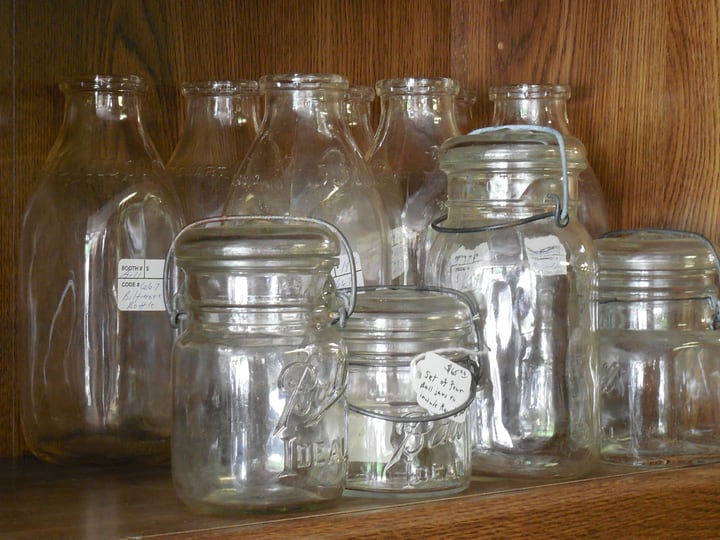
It’s good to consider where you will place the jar before buying it. Bulky jars may not fit on your windowsill while big ones may be too heavy to put on a shelf.
Whether you buy a new jar or reuse an old one, make sure to wash it and rinse it well before using it.
Step 2 – Put in the Substrate
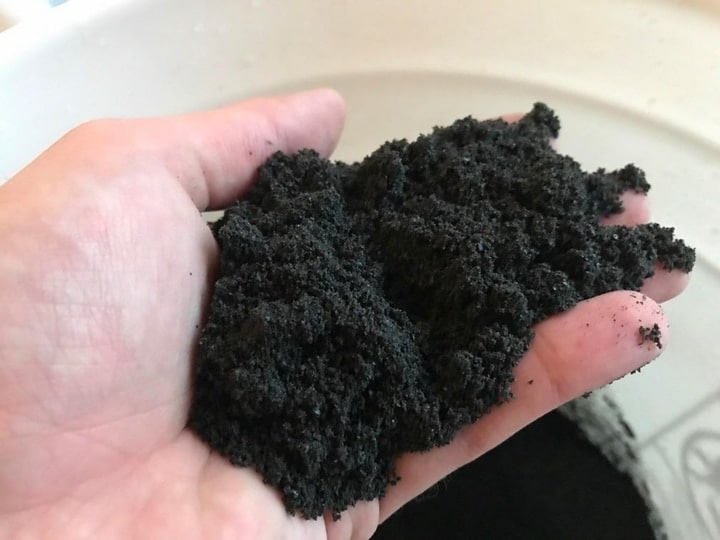
Lay the substrate at the bottom layer of your jar in a substrate that’s at least 0.7-1 inches (2-3 centimeters) thick. In the case of an aquarium, this can be thicker.
Soak the substrate in demineralized water or rain water for at least a few hours and preferably overnight.
If you don’t do this, the substrate or parts of it will float when you put in water instead of sitting compact at the bottom of the jar.
Important: Make sure to adapt the thickness of the substrate to the length of the plant roots.
Step 3 – Add the Plants
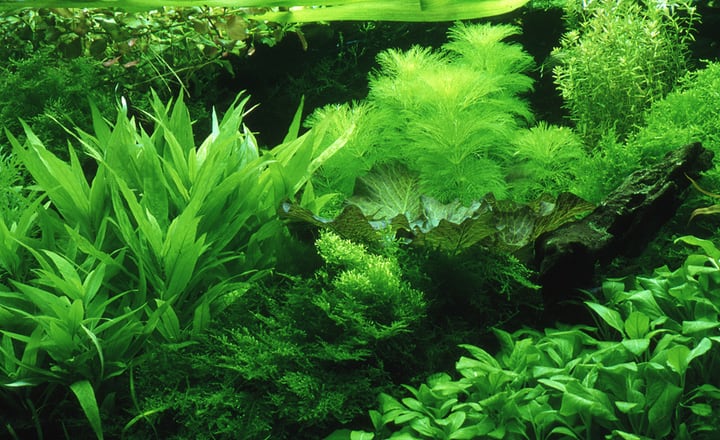
Next, you want to add in the plants. Using a stick or a similar implement, make small holes in the substrate and fix the plants in place.
Tip: Aquatic plants survive exposed to the air, so you can leave the jar unfilled until the substrate has soaked overnight.
Step 4 – Add Gravel, Sand, and Other Decorative Elements
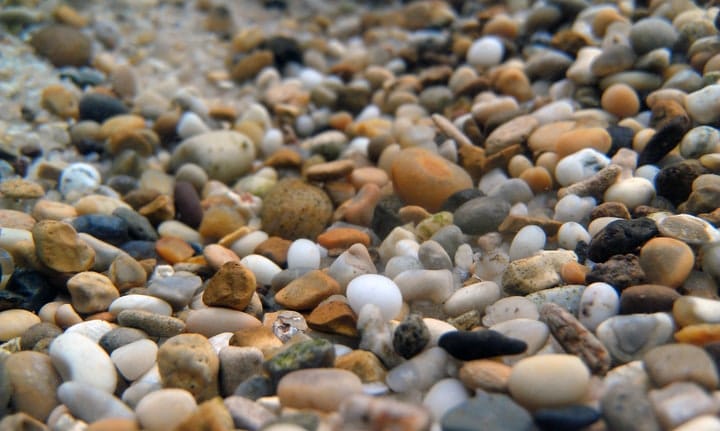
Once the substrate has soaked up, you can add gravel, pebbles, sand, and any other decorative elements you want.
Place small rocks and pebbles carefully so that you don’t damaged the plants you’ve fixed in the substrate in the previous step.
Step 5 – Pour in the Water
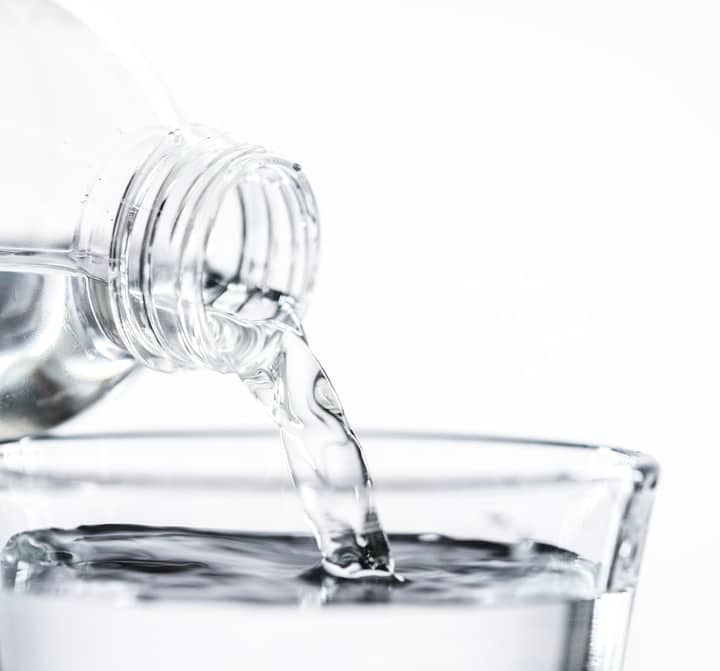
If you’re making an aquarium, you can fill the jarrarium with water up to the rim.
Remember that terrestrial jarrariums also need water, so make sure to add some to them as well.
Tip: Let the water sit for two weeks before adding any life forms. This will give beneficial bacteria the chance to become established in the system and start cycling waste.
Step 6 – Add Live Animals
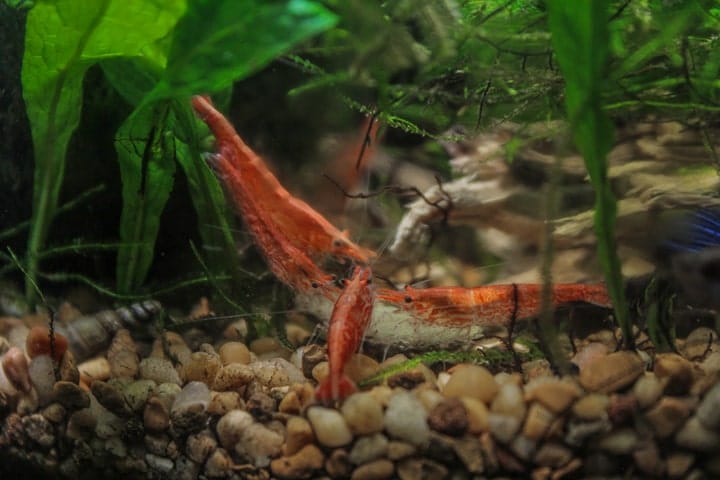
If you want to add live animals to your jarrarium, including Marimo balls, you can do so once the wait is over.
Step 7 – Change the Water and Address Any Problems
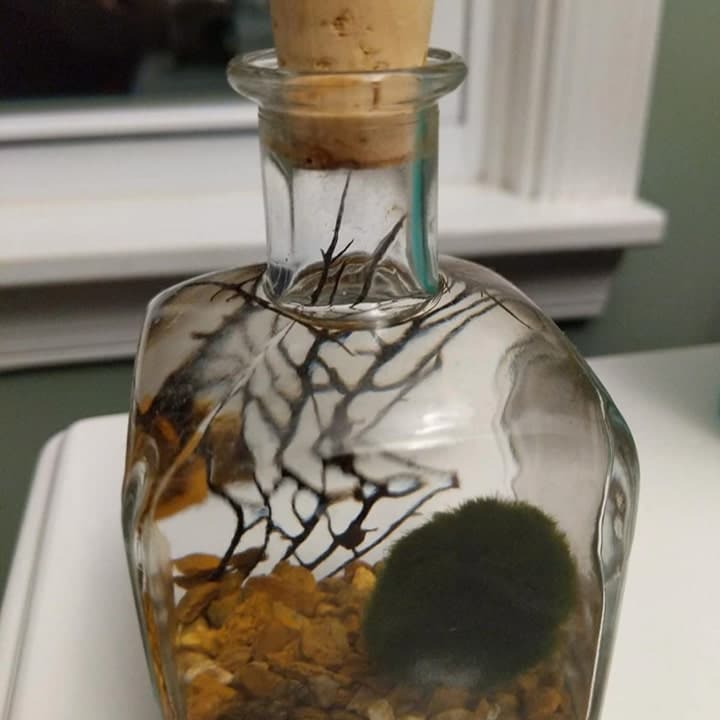
Terrariums in a jar don’t need regular water added or changed if they are sealed (this prevents evaporation). But aquatic jarrariums need constant water changes.
Starting with the third week, change half the water weekly for the next two weeks and after that change only one-quarter of the water every week.
In addition, pay attention to what’s going on inside, whether plants or features become unstuck, how the plants are doing, and so on.
Whenever you’re addressing a problem, try not to disturb the mini environment you’ve created.
7 Best Jarrarium Kits
Don’t have the materials or the time to make your own jarrarium? You could get a kit instead. These are typically easy to assemble.
But bear in mind that if you want to add live animals to your jar, you’ll probably have to buy them separately from your local pet store.
1. Aquatic Arts Marimo Aquarium Kit
The plum-sized Marino balls in this set come from Japan. They look like moss balls, but they are in fact live pets.
Starting with a small jarrarium kit is a good idea, especially if you plan to keep it close to you on your desk or on a nearby shelf.
This is an example of a simple, minimalist aquatic jar that can have a calming effect on you whenever you look at it. It doesn’t have any distracting extras or too much going on in it.
Pros
- Easy to set up: just add the rocks and standing water
- Marimo moss balls come in a bag of water
- Clean and nice jar design
Cons
- Marimo balls may not always be in an ideal condition (common risk when buying them online)
2. Shrimp Bubble Ecosystem Kit
This kit includes up to 4 live marine shrimp plus live algae and microorganism. It’s easy to put together and simple to maintain–there’s no need for filtration or daily feeding.
How does it all work? The algae absorb light and CO2 and release oxygen, which the shrimp use for breathing.
The fish also eat the algae and produce waste that microorganisms consume. In their turn, the microorganisms create nutrients that feed the algae.
Pros
- Everything included
- Simple to assemble even for a child
- Elegant design
Cons
- The algae can outgrow the bubble jar, not leaving much space for the shrimp
- The algae scrubbing magnets can deteriorate before long
3. Mini Jarrarium with Moss Ball Kit
This mini jar moss ball kit can brighten up any corner. It includes a small, glass-sized rounder jar, glass sand, and a built-in lighting system as well as some plastic decorative features.
But the highlight is the live Marimo ball, which can live for years while requiring only minimal maintenance.
Pros
- Small and cute
- Lighting makes it glow beautifully in the dark
- Marimo moss ball included
Cons
- Plastic figurines won’t suit everyone’s taste
- Lightning system may experience problems
4. Aquarium Marimo Kit Globe Glass Jar with 2 Aquatic Moss Balls
Now here’s a tiny Marimo jarrarium kit that you can keep on your desk, on a windowsill or shelf. It’s also suitable for children.
The kit includes two live Marimo balls, seashells, gravel, and all the other essentials you need to set up an aquatic jarrarium in no time.
It also comes with a simple blue led light which gives it a nice feel.
Pros
- Small and affordable, it’s easy to find a place for it
- Good attention to details
- Cute design makes it a nice gift
Cons
- Due to its reduced size it cannot provide a good environment for live animals
5. AquaView 6-Gallon 360 Aquarium with LED Lighting
If you’re looking for a more sophisticated jarrarium, you can turn your attention to this 6-gallon container from AquaView.
It comes with an internal filter that creates a sustainable environment for the fish despite the fact that it’s a closed jarrarium.
Another cool feature is the LED lightning system which allows you to choose between 7 different colors.
Pros
- Energy-efficient LED system with selectable colors
- Capable 25 gallon/hour filtration system
- Replaceable filter cartridge
Cons
- Water may get to the LEDs requiring tweaks and fixes
- Pump may malfunction in time
6. Syndicate Sales DIY Jarrarium Kit
Now here’s a terrestrial jarrarium, or put another way, a terrarium in a jar. It’s easier to maintain than aquatic terrariums because it has no live animals inside.
Crafted from recycled materials, this kit includes an elegant glass vessel, soil, hydro stones, and moss.
Pros
- Easiest kit to assemble on our list
- Simple and elegant
- Can fit several small plants
Cons
- Doesn’t include seeds or plants (you have to buy them separately)
- Some customers complain about receiving dead moss
7. Light-up Terrarium Kit for Kids with LED Light
Now here’s a jarrarium kit that’s perfect for a small kid. This is actually a fun and educational STEM toy that includes river stones, potting mix, and organic chia and wheat grass seeds.
Some nifty features include remotely-controlled lights, multi-color options, a spray bottle, and a helpful wooden stick for arranging the plants.
Pros
- Plastic mason-style jar is safe for kids
- Fun to assemble for kids between 5-12 years
- Cute extras like garden figurines
Cons
- Lights system is not very energy efficient
Jarrarium Frequently Asked Questions
Now here are the most frequent questions we’ve been hearing about jarrariums. Our answers act as a summary of what we’ve discussed in previous sections. Check them out now.
What is a jarrarium?
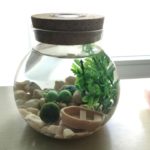
A jarrarium is an aquarium, terrarium, or sometimes vivarium in a jar. It’s a mini ecosystem that can be self-sustainable. You can add to it soil, sand, pebbles, water, and aquatic life.
How do you make a jarrarium?
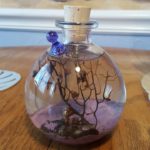
You’ll need a jar, a substrate such as potting soil or sand, gravel, plants, and aquatic life if you want to make an aquarium in a jar. Follow our simple step-by-step DIY jarrarium guide.
What is the difference between a jarrarium and a terrarium?
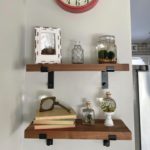
A jarrarium can be a terrarium in a glass. Often, however, it’s filled with water, which makes it an aquarium in a jar.
Terrariums are terrestrial. They can be self-sustainable mini-ecosystems but they don’t contain live animals–or that much water.
Nature in a Jar
More than a decorative object, a jarrarium is a wonderful way to commune with nature and recreate on a small scale a terrestrial or aquatic environment for plants and small life forms to thrive in.
Whether you make a jarrarium for fun or create it alongside your kids as an educational experience, it will help you better understand the cycles of nature.
And, of course, you’ll get an interesting hand-made decorative item to add to your home.
What type of jarrarium will you be making? We’d love to hear from you. Leave us a comment in the section below.
See you next post!

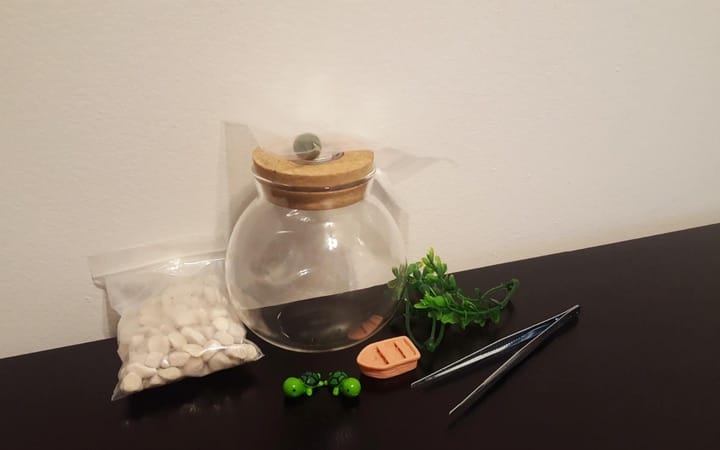
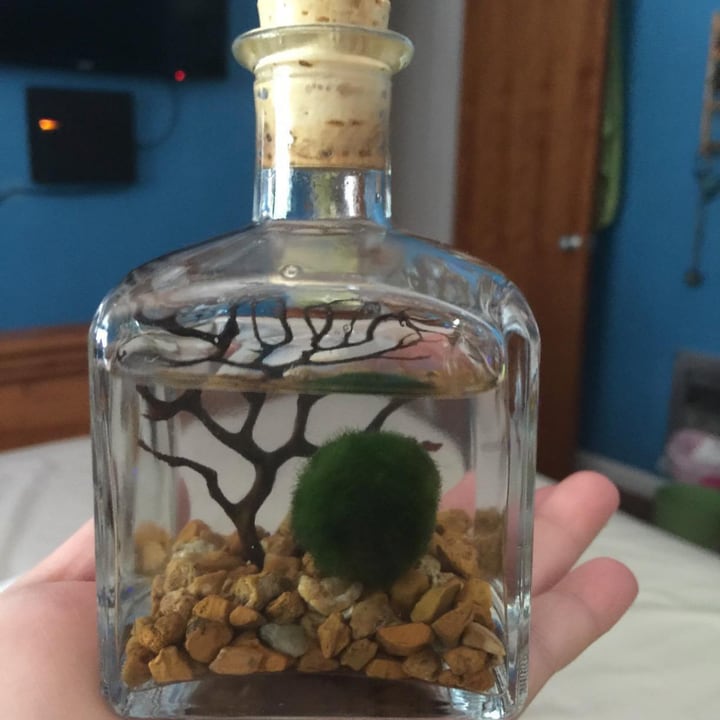
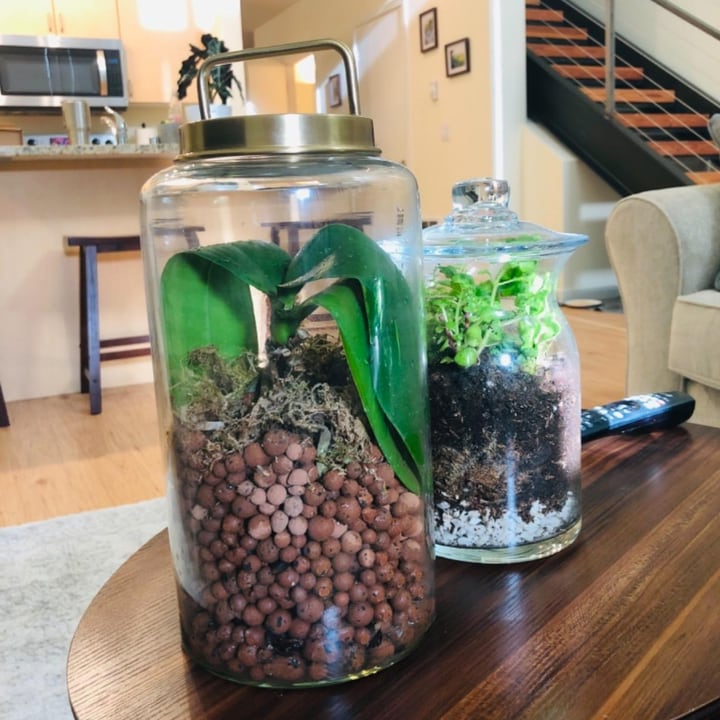
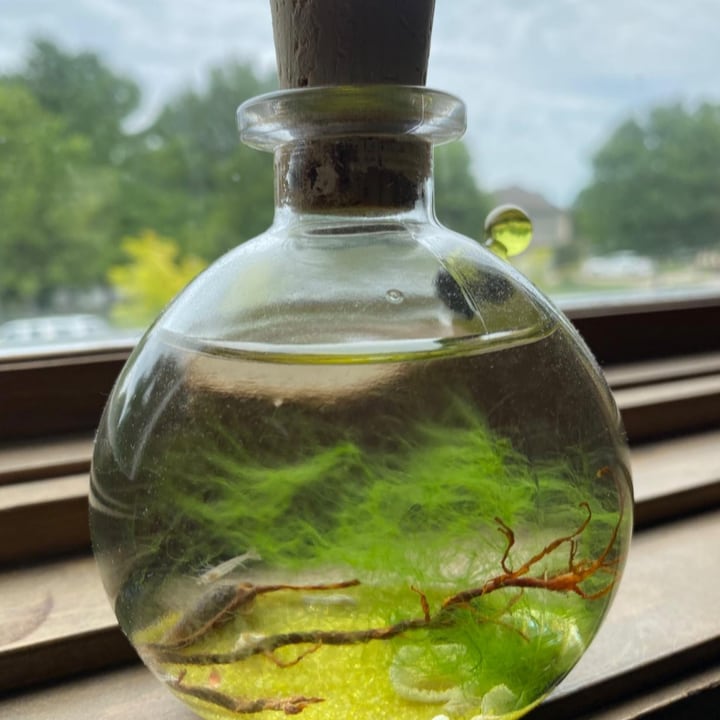
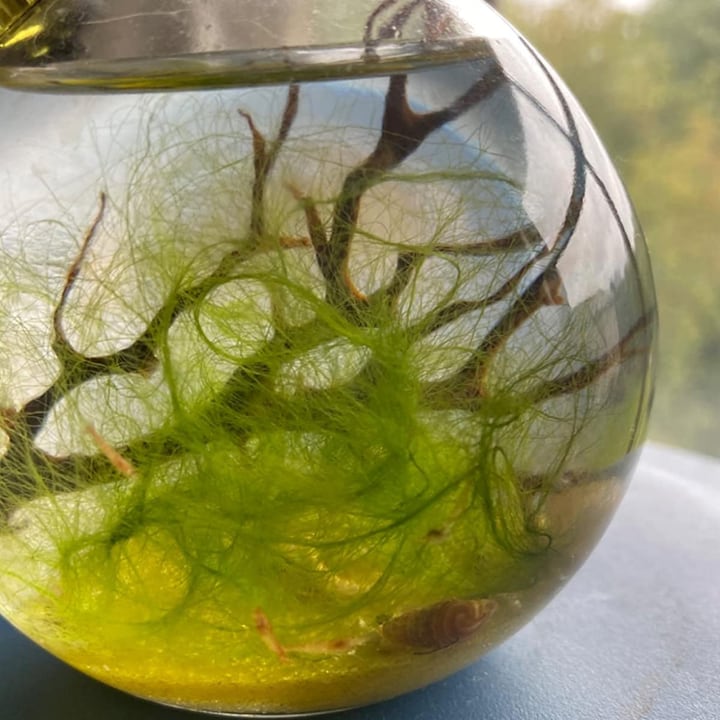
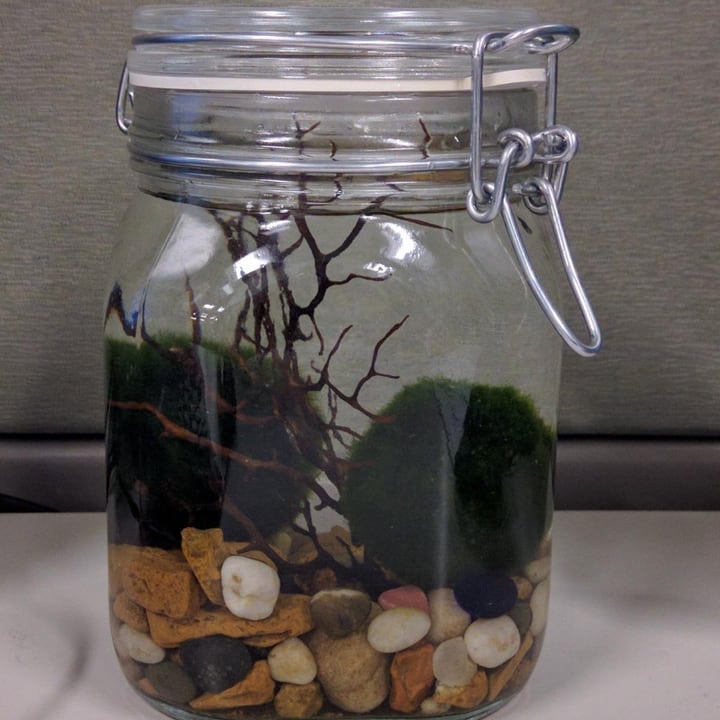
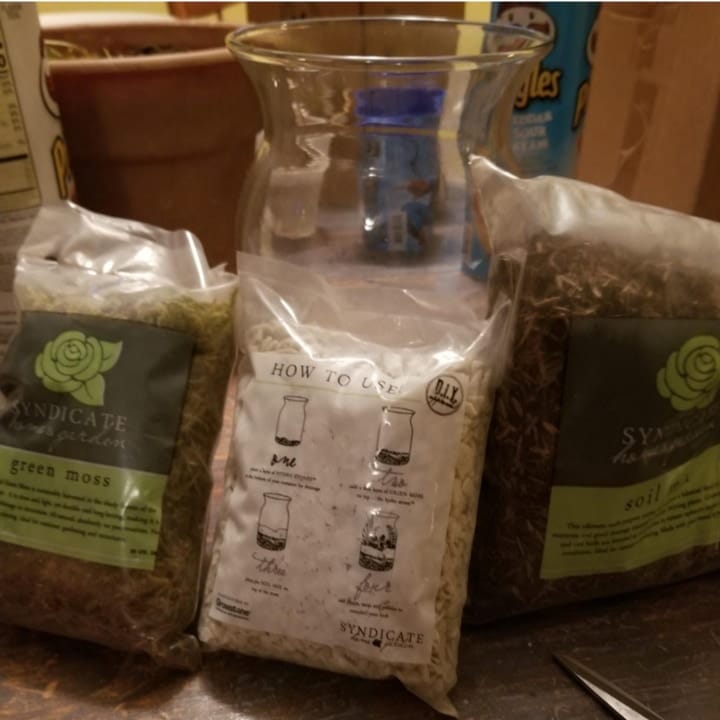
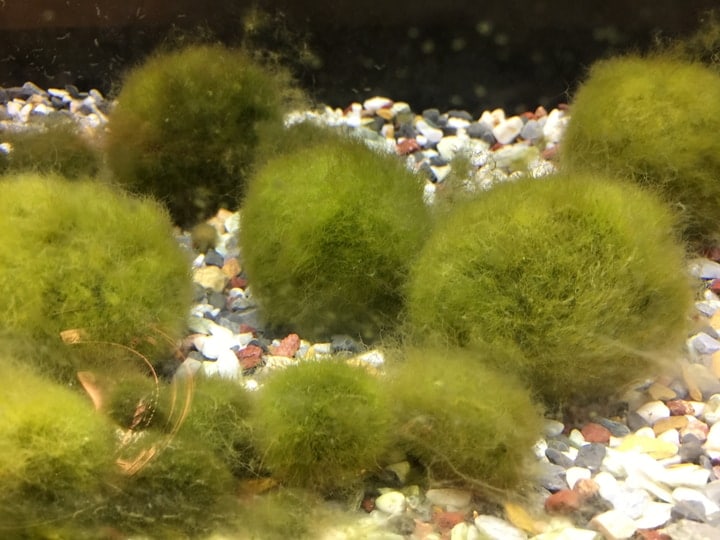
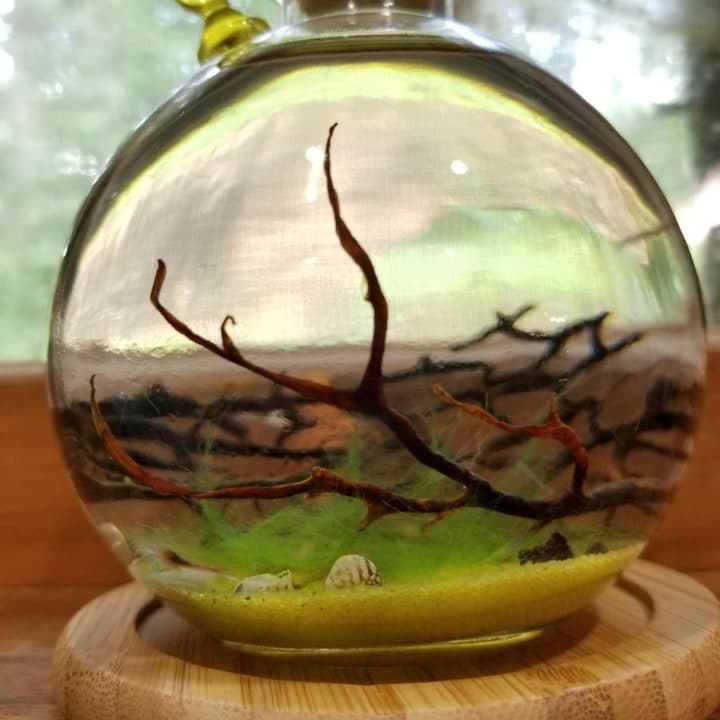
Marimo balls are not animals. They are a type of algae, which is not considered to be either plant or animal. Odd, I know.
Hey Marilee! Thank for that insightful tip, I’ll make sure to update that on our jarrarium and terrarium blog posts! Much appreciated:)